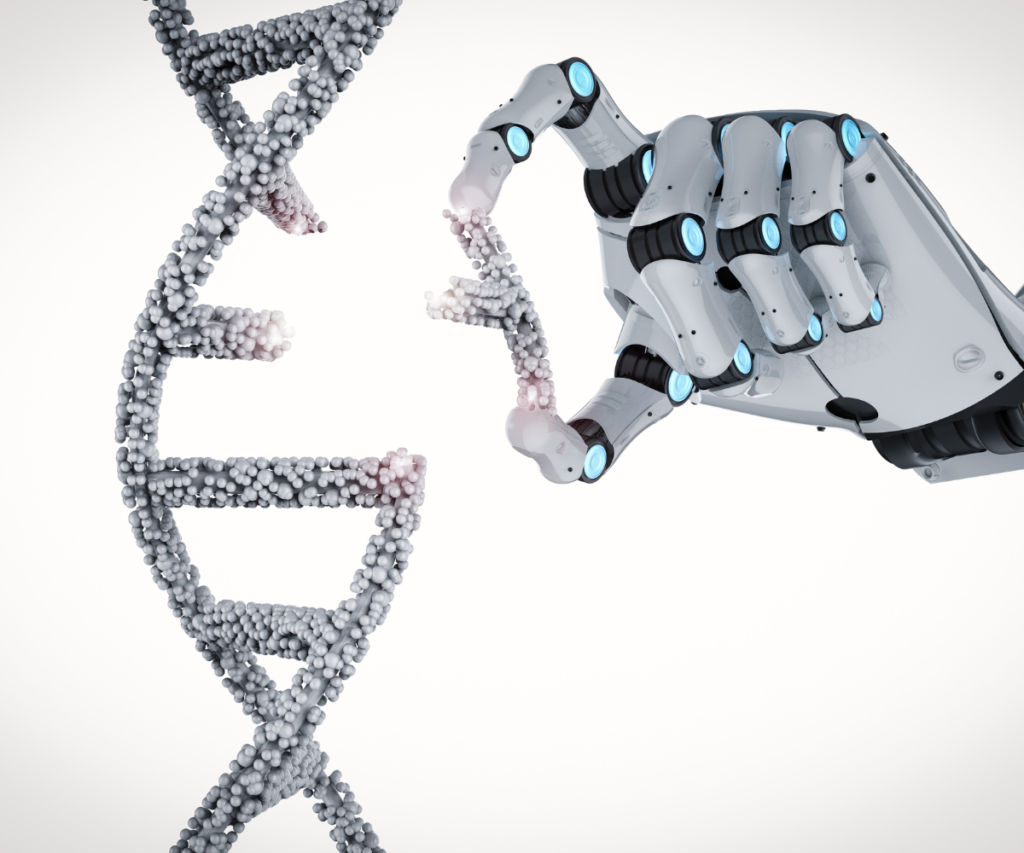The brave New World of bioengineering
The leaps and bounds achieved in the field of genetic engineering have unlocked immense potential, from creating hardier crops to the promise of designer babies. However, this brave new world of genetic possibilities also presents a myriad of ethical and legal challenges that require careful navigation.
Designer babies – children genetically engineered in vitro to have specific traits – symbolize the most controversial promise of genetic engineering. The technology enabling this, CRISPR-Cas9, allows for specific sections of DNA to be adjusted or “edited.” While this has the potential to eradicate genetic diseases, it also raises complex ethical questions.
The concept of “playing God” and deciding a child’s traits (such as their height, intelligence, or appearance) has incited a robust ethical debate. It raises concerns about eugenics and the potential creation of a socio-genetic divide between those who can afford such modifications and those who cannot.
The legal landscape surrounding such bioengineering practices is complex. In the UK, the Human Fertilisation and Embryology Act 2008 prohibits the genetic modification of embryos for implantation. It also prohibits sex selection, unless it’s done to avoid a serious sex-linked genetic condition.
Gene-edited crops present another contentious issue. While they hold the promise of solving food security issues and reducing the environmental impact of farming, they also provoke fears about potential long-term effects on ecosystems and human health.
The EU’s current legislation classifies genetically edited organisms as Genetically Modified Organisms (GMOs), subject to extensive regulatory oversight before they can be cultivated. However, in 2018, the UK’s House of Lords’ Science and Technology Committee called for a reformation of these regulations, arguing that they were not fit for purpose in light of scientific advancements.
These legal complexities are set against a backdrop of global discord. Countries differ vastly in their regulations, with some like the USA taking a much more permissive stance. This disparity could potentially lead to “genetic tourism,” where individuals seek genetic engineering services in countries with laxer regulations, presenting further legal quandaries.
As genetic engineering progresses at a rapid pace, legislation must strive to keep up, balancing the need to exploit its benefits against the ethical issues it raises. Lawmakers should engage with scientists, ethicists, and the public to craft regulations that are robust, ethical, and able to accommodate future scientific advancements.
Furthermore, in this globalised world, there is a need for international consensus on the legal boundaries of genetic engineering. Bodies such as the World Health Organization are currently working towards this by creating a global registry for human genome editing research, aiming to promote transparency and responsible practices.
In conclusion, the advent of genetic engineering technology has the potential to significantly benefit humankind. However, the ethical and legal challenges it poses are equally significant. As we move forward into this uncharted territory, a multidisciplinary approach will be vital to ensure that we navigate it responsibly and ethically. Our laws must adapt to reflect the evolving scientific landscape, guiding us toward a future where the promise of genetic engineering can be realised safely and equitably.

